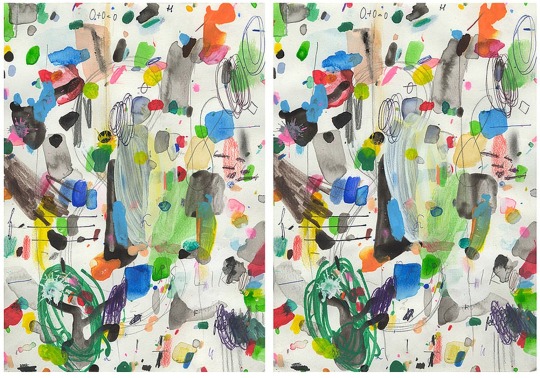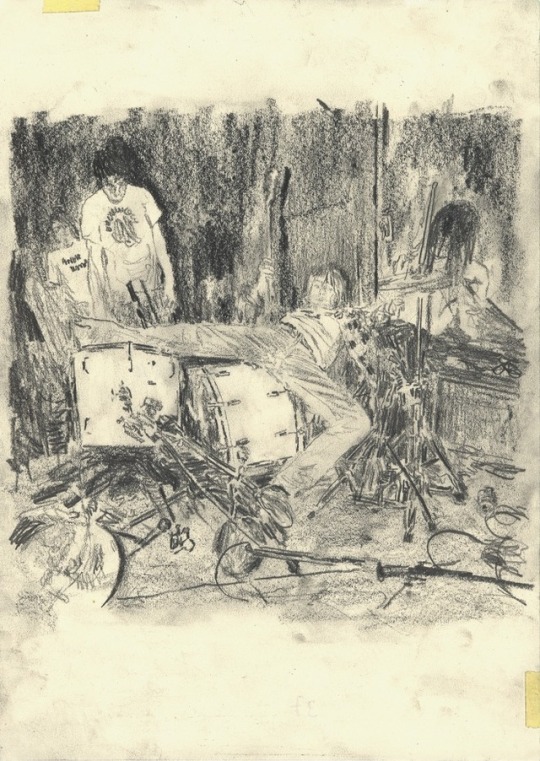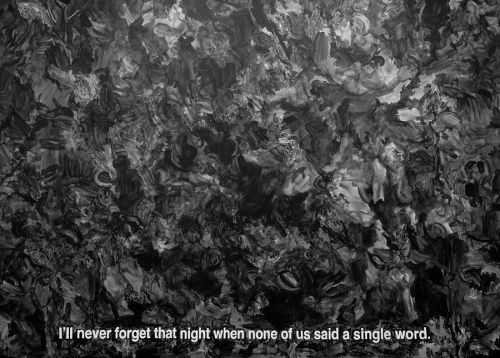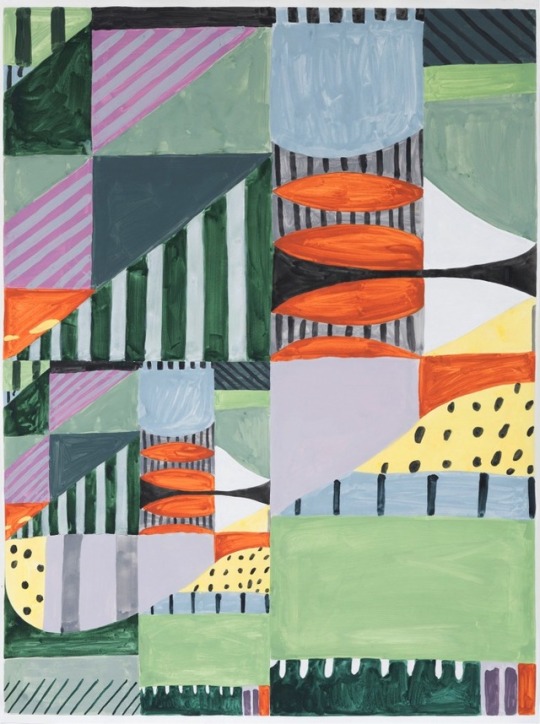#Marijn van Kreij
Text
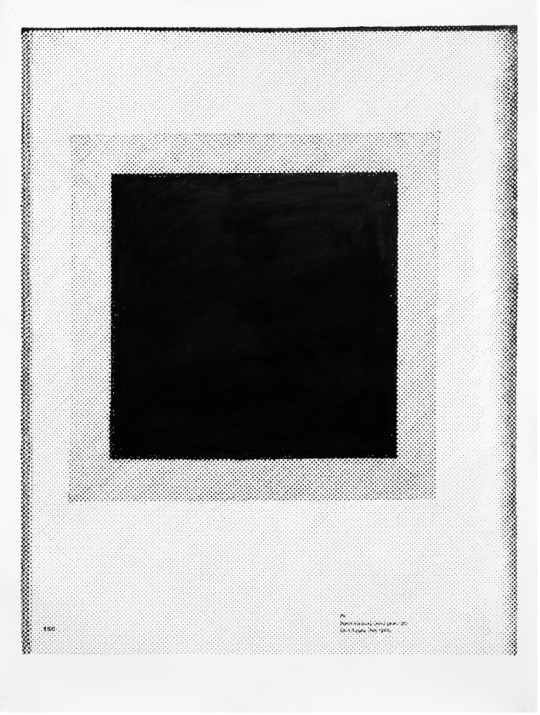
Marijn van Kreij, Untitled (Black Square, late 1920s), (acrylic on paper), 2011 [Collection Bonnefantenmuseum, Maastricht. andriesse ~ eyck galerie, Amsterdam. © Marijn van Kreij]
#art#mixed media#drawing#visual writing#geometry#marijn van kreij#bonnefantenmuseum#andriesse eyck galerie#2010s
75 notes
·
View notes
Text

Marijn van Kreij: Nude in the Studio
28 notes
·
View notes
Photo
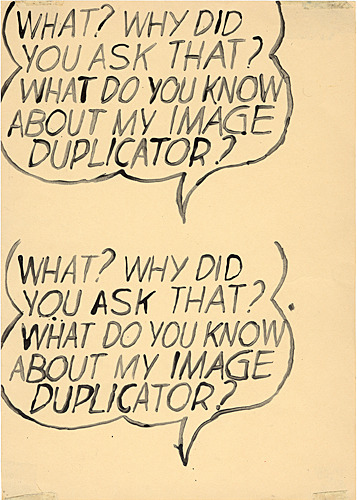

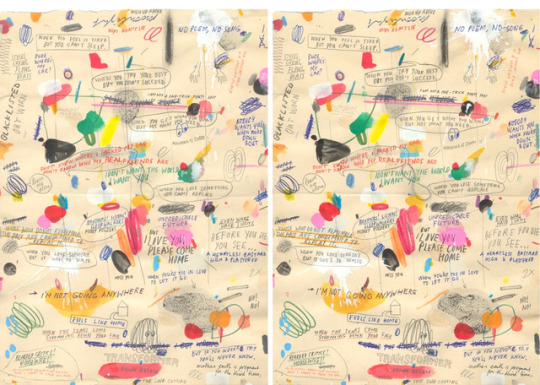
Some drawings by Marijn van Kreij that I like. Seen his work years ago at the Rijksakademie open studios.
2 notes
·
View notes
Photo
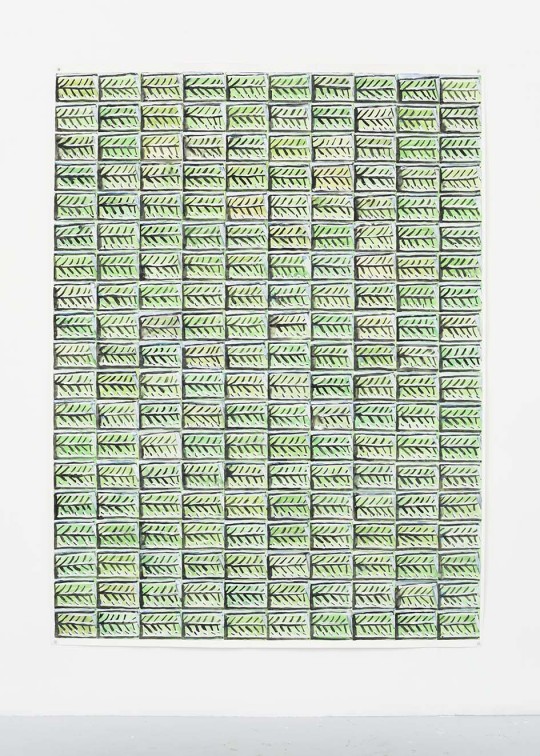
Marijn van Kreij (via marijn van kreij-onrust-web.jpg (945×1323))
6 notes
·
View notes
Photo
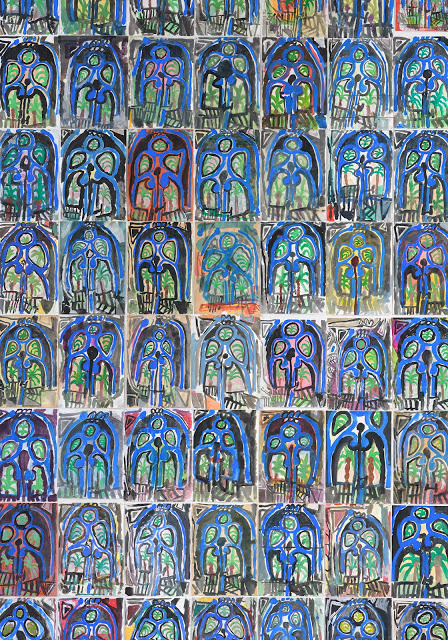
Exposició | Contemporary Presences: Marijn van Kreij | Museu Picasso | Barcelona | 17 set. http://www.artneutre.net/2020/09/exposicio-Contemporary-Presences-Marijn-van-Kreij-Museu-Picasso.html Exposició | Contemporary Presences: Marijn van Kreij | Museu Picasso | Barcelona | 17 set.
0 notes
Photo
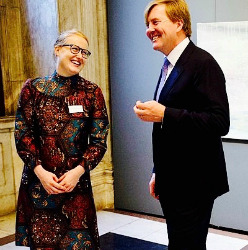
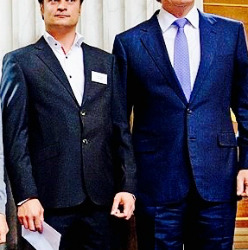


Through the Years → Willem-Alexander of the Netherlands (422/∞)
4 October 2013 | Dutch King Willem-Alexander with winners Wieteke Heldens, Marijn van Kreij, Philipp Kremer and Jorn van Leeuwen during the presentation of the Royal Award for Modern Painting to young artists in the Royal Palace in Amsterdam. (Photo credit ROBIN UTRECHT/AFP/Getty Images)
#King Willem Alexander#The Netherlands#2013#Robin Utrecht#AFP#Getty Images#through the years: Willem Alexander
1 note
·
View note
Text

Marijn van Kreij, Untitled (Bonnard, Balcony at Vernonnet, The Flowering Apple Tree, ca. 1920-1933), (gouache and pencil on paper), 2013 [andriesse ~ eyck galerie, Amsterdam. © Marijn van Kreij]
#art#drawing#gouache#pattern#differentiated repetition#marijn van kreij#andriesse eyck galerie#2010s
35 notes
·
View notes
Text
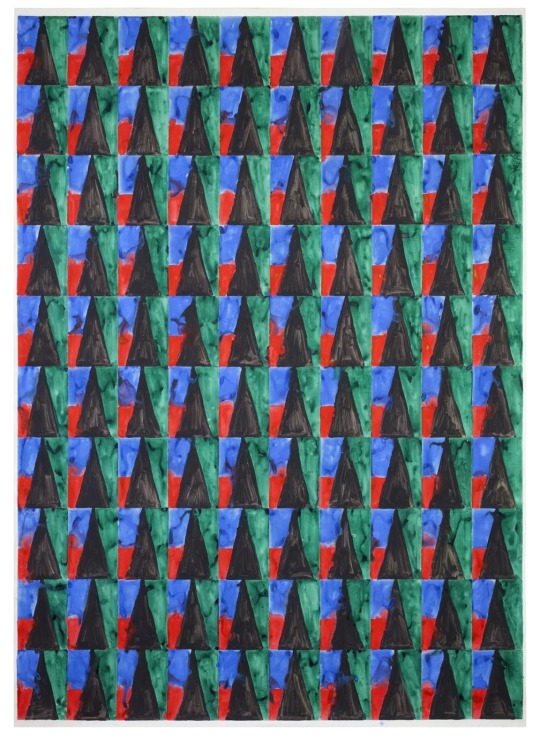
Marijn van Kreij - Untitled (Paul Klee, Hungriges Mädchen, 1939, #2). 2014
gouache and pencil on paper
215 x 152 cm
48 notes
·
View notes
Photo
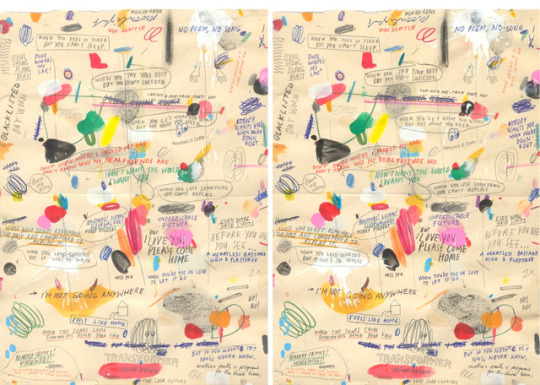
MARIJN VAN KREIJ
http://www.we-find-wildness.com/2010/10/marijin-van-kreij/
8 notes
·
View notes
Text
7 January 2019
Writing class with Line Ulekleiv.
Wrote the following text:
One of these days I should sit down and think through the reasons why I resist so much declaring my references. It must be somehow related to my predilection for independent thinking and complexity, as opposed to any form of unconditioned admiration, personality cult and reductivism. At the same time I must admit I get a certain amount of pleasure in contradicting myself.
A while ago, a friend sent me a link to an interesting website. After a first quick look, I decided I definitely had to set time aside in order to study it in depth. As often happens, it slipped my mind shortly after, but it popped into my head on several occasions later on. I really must take a deeper look at that, I reminded myself at each time, and then again it slipped my mind.
I’ve just found the link and clicked on it. Actually the website’s name is quite easy to remember. Everybodystoolbox.net. From now on I shall remember it. It has been set up in 2006 as a wiki, an internet content pool that anyone can freely edit, by an open group based on interest and named Everybodys. It is a platform for the exchange of works, methodologies and production models, that focuses on the development and dissemination of tools and discourses that exist within the performing arts. The website includes a “Workshop Kit” composed of different sections. In one of them, a set of “Games” based on precise yet open instructions or rules, can be used to develop ideas or works. “Scores and descriptions” proposes to put in relation different forms of notation, such as existing or purpose-written scores and descriptions of performances, as a way to expand the possible understandings of a piece but also to develop new works. The section “Interviews” includes the instructions to conduct individual or group self interview, as well as examples contributed by a number of artists.
Sometimes I include written instructions in my work, while with other projects I use recognisable structures, frames or predefined models within which I let things happen, therefore allowing for a high degree of freedom and unpredictability. Such frames or models can be seen as forms of regulation hence, in my point of view, as a chance to find alternative solutions, a pretext to develop different approaches and practices by turning obstructions and limitations into resources.
Rules and instructions regulate the way things should be done within a defined context, a set of limitations and parameters that require a common acknowledgement but can also be interpreted and adapted according to the individual’s level of engagement. I am interested in the tension between rules as regulatory statements, and the discrepancies produced when interpreted and translated into practice. Such discrepancies can be accidentally or deliberately produced, and used in a transformative way. If rules define limitations and restrictions, they can also foster processes of adaptation, interpretation and transformation. Playing by the rules, playing with the rules, changing the rules or breaking the rules are options at the players’ disposal, some more suitable than others in challenging the rigidity of the game.
One of these days I should sit down and think through the specificities of the contexts I want to address, each one with its own implicit or explicit regulations, frames and models. One of these days I should sit down and define which game I want to play, which rules to keep, which rules to add, which rules to improve and which rules to dump.
I run out of time. I must suspend writing due to family obligations but I promise I will resume at a later time. I won’t forget this time. You know what? I am going to add it to my reference book! My reference book is an address book with alphabetical index tabs that I fill with names of artists, works, writers, books, films and so on. These references have been recommended to me by friends and colleagues after I showed them one or more projects I have done. Some references are relevant and on point, while other not as much...Unluckily I have not been very consistent with taking note of all the names and works that have been recommended to me throughout the years. Moreover, I forget to thoroughly study the names and works that made to those pages...I should definitely set time aside for this.
In the meanwhile, here is the current list: A-B Bernadette Corporation, Francis Alys’s Fabiola, Sven Augustijnen’s Spectres, Guillaume Bijl’s Souvenirs of the 20th Century, Ricardo Grey, George Bataille’s De la Part Maudite, Giorgio Agamben’s Note sul Gesto, Cezary Bodzianowski, Stanley Brown’s A Short Manifesto, Conrad Bakker, Walter Benjamin’s The Work of Art in the Age of Mechanical Reproduction and Theses on the Philosophy of History, Hans Belting’s An Anthropology of Images: Picture, Medium, Body and The End of the History of Art?, Judith Butler, Roland Barthes’s Mythologies and La Mort de l'Auteur and La Chamber Claire and Éléments de Sémiologie, Marina Abramovic’s The Artist is Present, Roy Andersson, Louis Borges, Alain Badiou, Boyle Family, Baktruppen, Pierre Bismuth’s Where is Rocky?; C-D Adam Curtis’s The Century of the Self, the exhibition Correspondences at Espace Culturel Louis Vuitton, DreamWorks Animation’s Chicken Run, Stefaan Dheedene, Tacita Dean, Régis Debray’s Transmettre, Sophie Calle, Koenraad Dedobbeleer, Martin Creed, Marquis De Sade, Nico Doxx, Dizionario di Retorica e Stilistica, Jacques Derrida’s Plato's Pharmacy, Gabriele Di Matteo; E-F Harun Farocki, James Ensor, Hans Peter Feldmann, De Appel Curatorial Program Fluiten In Het Donker, Olivier Foulon’s Isa Genzken’s Ring, Sigmund Freud’s Mourning and Melancholia and the concept of Polymorphous Perversity, Emilio Fantin, Robert Filliou, Andrea Frazer; G-H Hitchcock’s MacGuffin, Kristján Guðmundsson, Robert Pogue Harrison’s The Dominion of the Dead, Douglas Hubler, Sigurður Guðmundsson’s Pavement, Street, Tibor Gyenis’ Ten Superflous Gestures, Witold Gombrowicz, the term Happenstance, Ane Hjort Guttu’s How to Become a Non- Artist, Roger Hiorns, René Girard’s Théorie Mimétique; I-J Jasper John’s writings, Jean-Yves Jouannais’ Artistes sans œuvres, Christian Jankowski; K-L Komar and Melamid, Akira Kurosawa’s Rashomon, Michael Landy’s Break Down, Joshua Knelman’s Hot Art, Kris Kimpe’s exhibition design, Marijn Van Kreij, Andrei Kuzkin, Joachim Koester, We communicate only through our shared dismissal of the pre- linguistic: fourteen analyses (1995) in Mike Kelley : minor histories--statements, conversations, proposals, Valery Konevin, Martin Kippenberger’s Lieber maler male mir, Shaurya Kumar’s The Lost Museum, Paul Klee’s drawings, Sherrie Levine, Rafael Lozano and Susie Ramsay’s Ok Art Manifesto; M-N: Kobe Matthys’ Agentshap, Ivan Moudov, Brussels’ Musée de la Police, Matt Mullican’s That Person, Paul McCarthy’s On the figure of the artist; O-P Nicolas Provost’s Plot Point, Ola Pehrson’s Hunt for the Unabomber, George Perec’s Life, a manual; Q-R Kurt Ryslavy, Alain Resnais’ Les statues meurent aussi, Ugo Rondinone’s Your Age and my Age and the Age of the Sun, Robert Rauschenberg’s Erased De Kooning Drawing, Gert Robyns, Michael Rakowitz, S-T Harald Szeeman’s Les Machines Celibataires, Edward Steichen’s The Family of Man, Taryin Simon’s Contraband, Adam Parker Smith’s Thanks, Schrodinger’s cat paradox, Simon Starling, Wolfgang Tillmans, SI-LA-GI’s Apology, Bálint Szombathy’s Lenin in Budapest, Koki Tanaka; U-V Van Eyek Mystic Lamb lost panel at STAM Museum in Ghent, Anton Vidockle’s Art without market, art without education: political economy of art, Enrique Vila-Matas’ Bartleby & Co, Ulay at Neuenationalgalerie in Berlin, Franco Vaccari, Paul Virilio’s L’accident original, Paul Valery, Mierle Laderman Ukuleles’ Maintenance Art Performances, Alex Villar; W-X David Foster Wallace’s A supposedly fun thing I’ll never do again, Peter Watkins’ La Commune, Stephen Willats; Y-Z Snorre Ytterstad.
Andrea Galiazzo
0 notes
